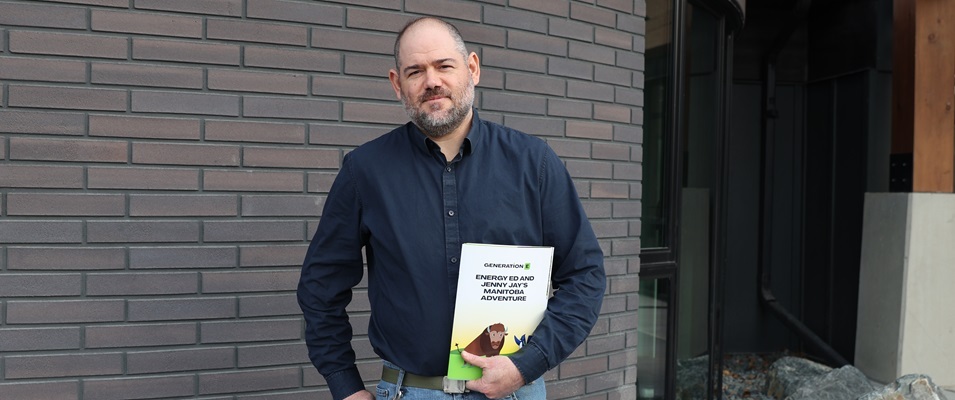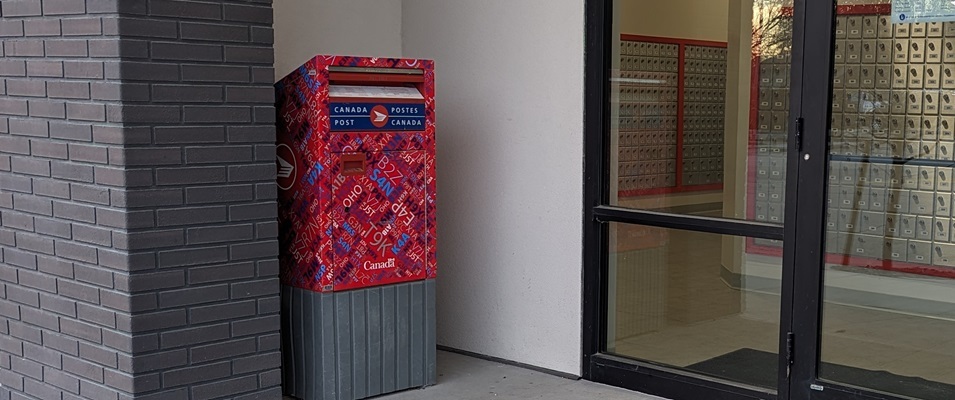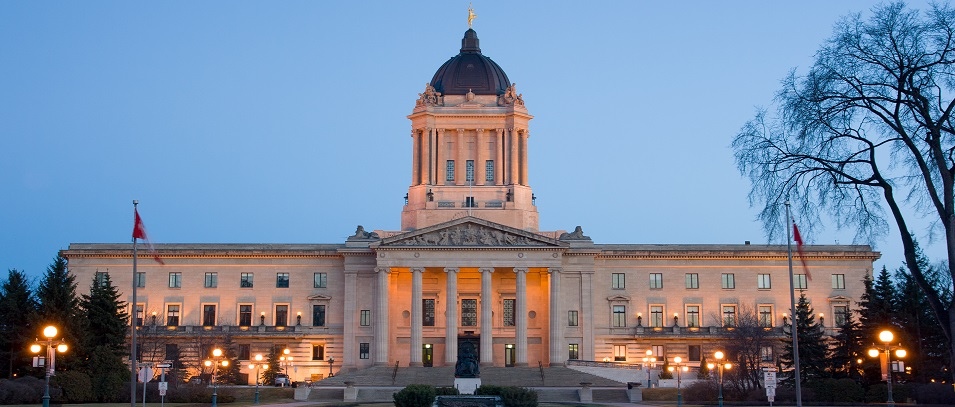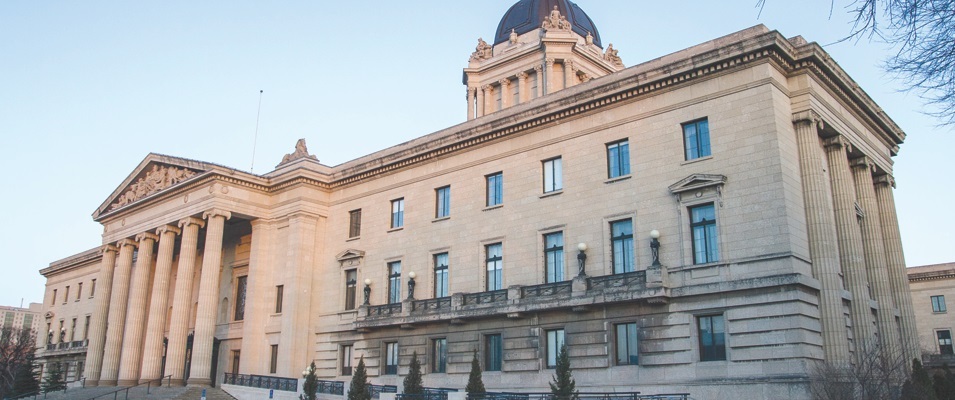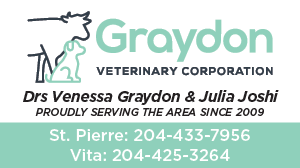There are few things more satisfying than a warm crackling fire on a chilly winter day. A dog, a hearth, and a lively dancing flame brings to mind an idyllic spot to put your feet up and relax with the family. Christmas traditions also centre around fireplaces. It’s the best place to hang stockings and the preferred mode for the Jolly Old Man to deliver his parcels.
For centuries, wood-burning units had practical uses. They were the home’s primary source of heat and cooking. Our forefathers and mothers survived many a frigid winter huddled in the warmth that comes from a potbelly stove. Since those days, natural gas and electric furnaces have replaced wood for general heat sources, but burning wood through the winter is still a mainstay in many Manitoba homes. It’s a multisensory experience, providing the sounds, smells, cozy feelings, and visuals that speak to our primal needs for comfort and a safe haven.
Wood-burning fireplaces and woodstoves come with a level of risk, though, that should not be ignored. Since the 1980s, strict regulations have been put in place in the manufacturing of these units and they must pass ULC (Underwriters’ Laboratories of Canada) certification. Proper installation is also important and many insurance companies require a post-installation inspection by a professional trained by WETT (Wood Energy Technology Transfer Inc.), an organization that teaches inspectors how to check for code compliance and safety with wood-burning appliances.
Holly Dibra, an insurance broker with Hub International, says it’s important that homeowners make their insurance company aware of the installation of a woodstove or fireplace to ensure coverage of their home in the event of fire loss. Some companies may require proof of a WETT inspection. According to Dibra, many professional installers are WETT-certified and it’s a good idea to find one who is. If you’re doing the installation yourself, most insurance companies provide the guidelines required for proper installation as well as a WETT-certified inspector after the job is complete.
Dibra warns clients about the ramifications of ignoring an inspection.
“Worst case scenario is that you could be declined insurance,” says Dibra. “Just make sure that if you’re [installing it yourself] that you get a professional involved.”
Before making the decision to install a wood-burning appliance, it’s important to know that your insurance costs will be affected by the decision. Depending on the insurance company, home insurance premiums could increase by about 20 percent annually. The amount may also fluctuate based on whether the wood-burning unit is installed in your primary or seasonal residence. Typically, insurance premiums would be lower for your cottage.
Other considerations that insurance companies look at are the maintenance of your unit and chimney during the period of use. Annual chimney cleaning is recommended to prevent and remove the build-up of creosote (a chemical mass of carbon created when wood or other substances are burned) on the inner walls of the fireplace and chimney. Creosote is highly combustible and one of the main causes of chimney fires.
Ashes, too, build up on the floor of your wood-burning unit and create a fire hazard without proper care. Burning embers regularly fall into the layer of ash, hiding there, unseen. A simple backdraft down the chimney can cause these embers to blow into your home and onto nearby flammable finishes or furniture. Care should also be given when removing the ashes. Always place them in a heat-resistant container with a lid to prevent embers from blowing out. The container should be removed to the outdoors and dumped or placed well away from your home in case of tipping and releasing embers to the wind.
When a fire claim is made, an insurance claims manager is brought to the scene along with a fire chief to investigate the cause of the fire and assess whether the fireplace was the source. Improper fireplace maintenance can often be detected by these professionals.
“Insurance companies set very high standards because they want to make sure that you are safe as well as prevent any [unnecessary] losses,” says Dibra. “There is a risk, but if people do their due diligence then it can be a great source of heat and enjoyment.”
Other common tips for maintenance include having annual inspections of your wood-burning unit by a certified inspector, preventing the restriction of the air supply to your unit which can increase the risk of creosote build-up, and keeping the hearth free of debris that can catch fire easily.
Proper fuel burning is a key to safety. Burn only dry, well-seasoned wood to avoid creosote build-up. Never use flammable liquids to start a fire, as it can get out of control quickly. Never leave a fire unattended and do have a fire extinguisher mounted near the fire that every family member has been trained to use.
For your family’s safety, install smoke detectors on every floor and have a carbon monoxide detector in your sleeping quarters.









